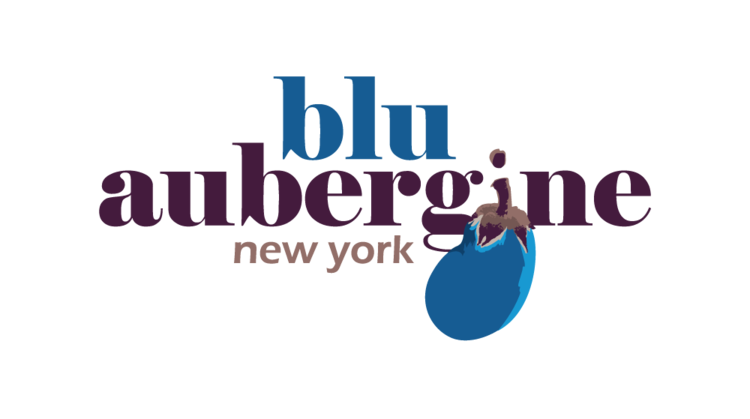 I love being a part of the food world, and I've always been a big film fan as well. Today I found myself at the crossroads of food and film at a screening of the soon-to-be-released movie, "Chef," starring, written and directed by local boy Jon Favreau. The film was screened as part of the Tribeca Film Festival last night here in New York, so Mr. Favreau was on hand after the screening today for a discussion and Q&A with Peter Travers of Rolling Stone magazine.
I love being a part of the food world, and I've always been a big film fan as well. Today I found myself at the crossroads of food and film at a screening of the soon-to-be-released movie, "Chef," starring, written and directed by local boy Jon Favreau. The film was screened as part of the Tribeca Film Festival last night here in New York, so Mr. Favreau was on hand after the screening today for a discussion and Q&A with Peter Travers of Rolling Stone magazine. The movie itself is a fun, realistic story about a chef in L.A. who's in a creative rut. Although he wants to break this rut with interesting, inspiring dishes, he still has to answer to "the man" -- as in the restaurant owner, played by Dustin Hoffman. New to social media and egged on by his kitchen staffers and his 10 year-old son, the chef joins the Twitterverse, which eventually takes a somewhat tragic turn (technology in the hands of the uninitiated!) as his rant against a hateful food critic goes viral. He eventually quits his job and decides to start a food truck, therefore feeding his soul as a chef, as it were. It's not a complicated conceit, and despite some prominent cast members, it's got an indie feel, harking back to Favreau's fabulous "Swingers" from the '90s. It's pleasant, and lighthearted, and anyone who's ever worked the back of house will recognize a lot of familiar sights, sounds, and situations throughout the film. Casting note: the kid who plays the chef's son in the movie, Emjay Anthony, is adorable, with real acting chops.
The movie itself is a fun, realistic story about a chef in L.A. who's in a creative rut. Although he wants to break this rut with interesting, inspiring dishes, he still has to answer to "the man" -- as in the restaurant owner, played by Dustin Hoffman. New to social media and egged on by his kitchen staffers and his 10 year-old son, the chef joins the Twitterverse, which eventually takes a somewhat tragic turn (technology in the hands of the uninitiated!) as his rant against a hateful food critic goes viral. He eventually quits his job and decides to start a food truck, therefore feeding his soul as a chef, as it were. It's not a complicated conceit, and despite some prominent cast members, it's got an indie feel, harking back to Favreau's fabulous "Swingers" from the '90s. It's pleasant, and lighthearted, and anyone who's ever worked the back of house will recognize a lot of familiar sights, sounds, and situations throughout the film. Casting note: the kid who plays the chef's son in the movie, Emjay Anthony, is adorable, with real acting chops. A few fun facts from behind the scenes? Roy Choi, LA's food truck king (and who happens to share a similar backstory to that of the chef in the movie), was the "trainer" chef on this film, demostrating to Favreau how to make his chef character physically, actively convincing. He worked in conjunction with the food stylist to make sure both the chefs' screen time, and the food shots, were realistic and enticing. To Favreau's credit, these scenes are gorgeous and really shot well. As a professional, watching the process, I could taste every ingredient and every dish as it was created and plated: truly mouth-watering kitchen visuals. Another fun fact is that actor Oliver Platt played the petulant critic with the make-or-break restaurant blog, a role with which he's somewhat familiar: his brother Adam is the food critic for New York Magazine.
A few fun facts from behind the scenes? Roy Choi, LA's food truck king (and who happens to share a similar backstory to that of the chef in the movie), was the "trainer" chef on this film, demostrating to Favreau how to make his chef character physically, actively convincing. He worked in conjunction with the food stylist to make sure both the chefs' screen time, and the food shots, were realistic and enticing. To Favreau's credit, these scenes are gorgeous and really shot well. As a professional, watching the process, I could taste every ingredient and every dish as it was created and plated: truly mouth-watering kitchen visuals. Another fun fact is that actor Oliver Platt played the petulant critic with the make-or-break restaurant blog, a role with which he's somewhat familiar: his brother Adam is the food critic for New York Magazine. CHEF hits theaters May 9th.
Trailer:
http://variety.com/2014/tv/news/jon-favreaus-chef-serves-up-first-trailer-1201153686/






























































































































































































